Introduction to Night Vision Device
2022-03-16
As a kind of military equipment, night vision devices were developed in World War II. So far, night vision devices have been developed into three types: active infrared night vision devices, low-light night vision devices, and infrared thermal imagers.
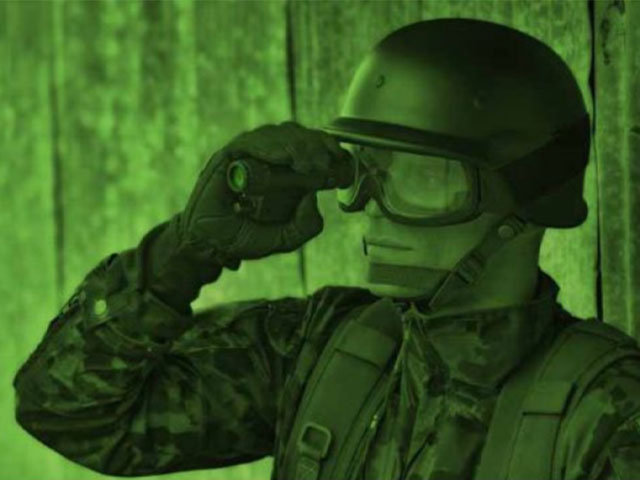
The first category: active infrared night vision device
Working principle: The instrument emits infrared beams outward, illuminates the target, and converts the infrared image reflected by the target into a visible light image for night observation. It is mainly used for night sighting, driving vehicles, reconnaissance photography, etc. in the military.
Features: The active infrared night vision device has a clear image and is not limited by illumination. It can be observed in complete darkness, and the effect is very good. The price is cheap, but the observation distance is short. Due to the need for infrared light source irradiation, there are disadvantages of high energy consumption, and the infrared light will be easily exposed by others' infrared detection devices. It is rarely used in the military.
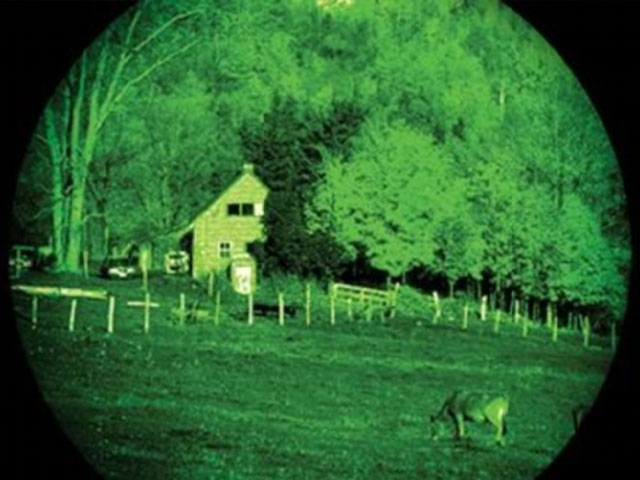
The second type of low-light night vision device
Twilight generally refers to weak light at night or in low light, with an energy of 10(-4) lux.
Working principle: At night, in the absence of any artificial lighting, the scenery (or target) in the natural environment is illuminated by starlight, moonlight, and atmospheric glow. light. When the objective lens of the night vision device receives the light from the scene (or target), it is imaged on the cathode surface of the image intensifier. The effect of the strong electric field of the electronic optical system inside the image intensifier is enhanced by tens of thousands of times, and an optical image with enhanced brightness is obtained on the fluorescent screen of the image intensifier, thereby realizing the conversion of optical image-electronic image-optical image, and then through the eyepiece. Further magnification for the human eye to observe.
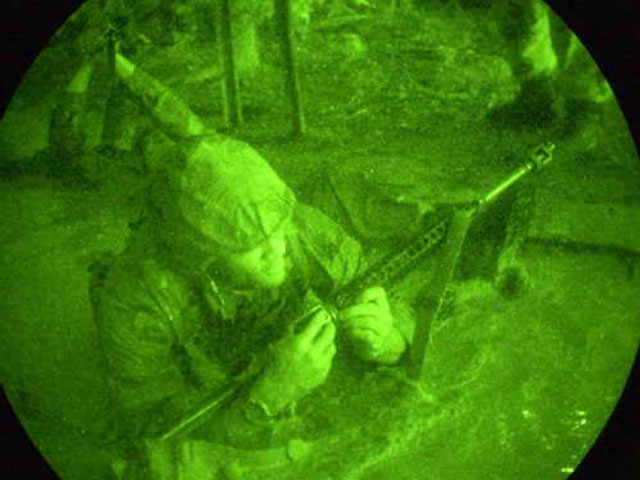
Features Because the low-light night vision device uses night sky light to work without active light source, it is a passive way of working, so it can better hide itself. Low-light night vision devices are most suitable for departments engaged in special work, such as military, public security, border defense, anti-drug, anti-smuggling, night monitoring, security applications, etc.
Since the establishment of China's first low-light image enhancement production line in January 1982, the development of low-light night vision technology has been relatively mature. The prices of low-light image intensifiers of different levels and models vary greatly, and the maximum price differs by dozens of times. Low-light night vision devices have good imaging quality and low cost, so they will still be the main equipment in the world's night vision equipment for a considerable period of time in the future.
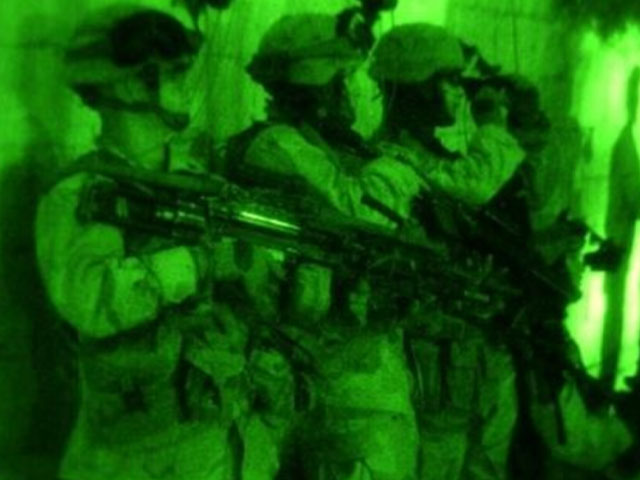
Because the core component of low-light night vision device - low-light image intensifier is a high-tech optoelectronic product, the process is particularly complex, the cost is high, and the price is relatively high. But in terms of function and use effect, its cost performance is still quite high.
The third type of infrared thermal imager
Working principle Infrared thermal imager is an instrument that finds and identifies targets based on the basic principle that all objects with an absolute temperature above zero radiate infrared rays, and use the difference between the target and the background itself to radiate infrared rays.
Features: Due to the different infrared radiation intensity of various objects, people, animals, vehicles, airplanes, etc. can be clearly observed, and they are not affected by obstacles such as smoke, fog and trees, and can work day and night. The most advanced night vision observation equipment currently available to mankind. However, due to the extremely high price, it can only be used in the military at present. Thermal imaging has a very wide range of applications, and has a huge market in electric power, underground pipelines, fire protection, medical disaster relief, and industrial testing. With the development of society and economy, the advancement of science and technology, the high-tech infrared thermal imaging will be applied to the civilian market on a large scale in the next two to three decades, making contributions to human beings.
Features of night vision technology
Using low-light night vision goggles is different from using white-light binoculars or your own eyes. Here's what you must know when you're using low-light image intensifier night vision goggles.
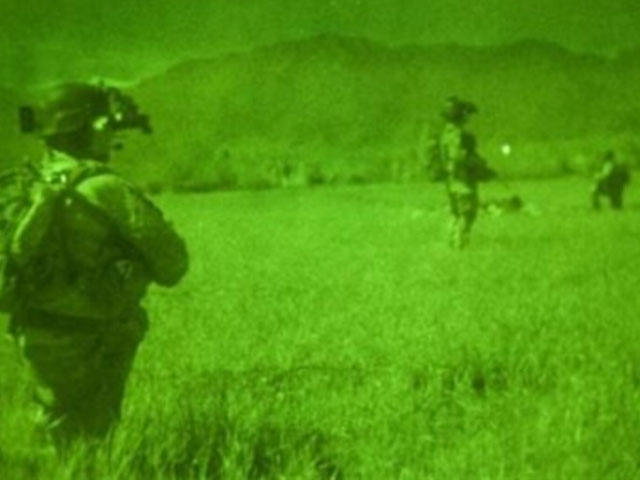
1. Features of low-light night vision imaging
Low-light night vision images are notable for their eerily green or yellow-green sheen, which is also a feature of low-light night vision devices. By adjusting the focal length, the green fluorescent image can be observed directly through the eyepiece (like a green TV screen), and the image can be magnified using eyepieces of different magnifications, which can be connected to electronic display devices such as monitors.
Low-light night vision devices and active infrared night vision devices are usually green or yellow-green because this color matches the visual function of the human eye. Of course, there are also special-purpose black and white tone low-light night vision devices.
2. Texture, light and dark
The night view is formed by a fluorescent screen, which has a little astigmatism, so it is not as clear as a telescope in the daytime. If the surface of the observation target is a highly reflective surface, it will appear brighter, that is to say, if a person wears a black leather jacket with a finely glossy fabric, it may appear brighter than a light-colored knitted jacket.
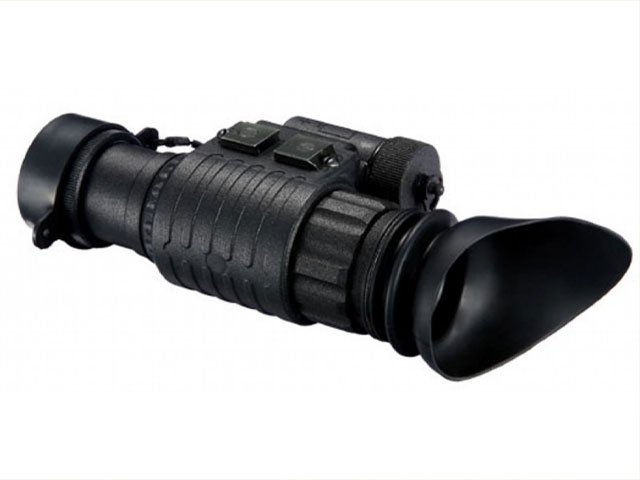
3. Distance perception
At night, the eye's normal sense of distance is lost
4. Fog and rain
The night vision device is very sensitive to ambient light, and can absorb and reflect light due to fog or heavy rain, thereby reducing the light energy entering the night vision device and reducing its performance.
5, flaws
Tiny black spots may be seen in the image, which is a natural imagination of the manufacturing process of the reinforcement tube, as long as it does not exceed the size and number specified by the manufacturing standard. The number and size of these small black dots remain the same without affecting the viewing quality.
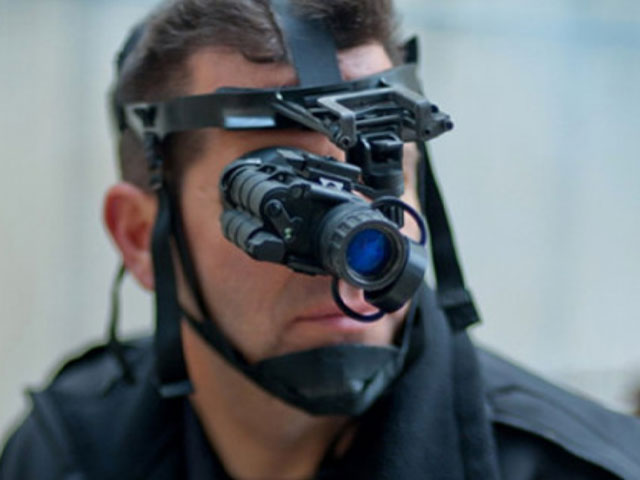
Night Vision Resolution and Infrared Light Source
The resolution of the lens is very important. The higher the resolution, the clearer the displayed image; the performance of the infrared light source also directly affects the image quality.
The nominal observation distance or recognition distance of the night vision device is closely related to the grade of the night vision device. Usually, the first-generation products are within 100-200 meters; the second-generation products are usually around 300-1000 meters.
With the development of society and economy, the advancement of science and technology, the high-tech infrared thermal imaging will be applied to the civilian market on a large scale in the next two to three decades, making contributions to human beings.
 tel
tel






